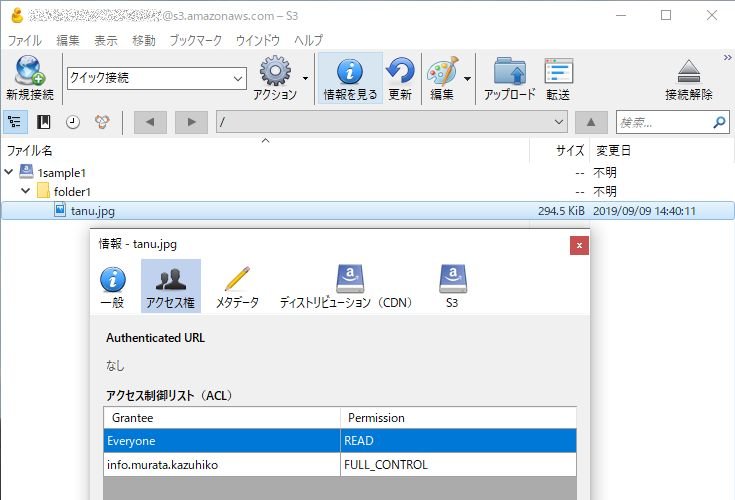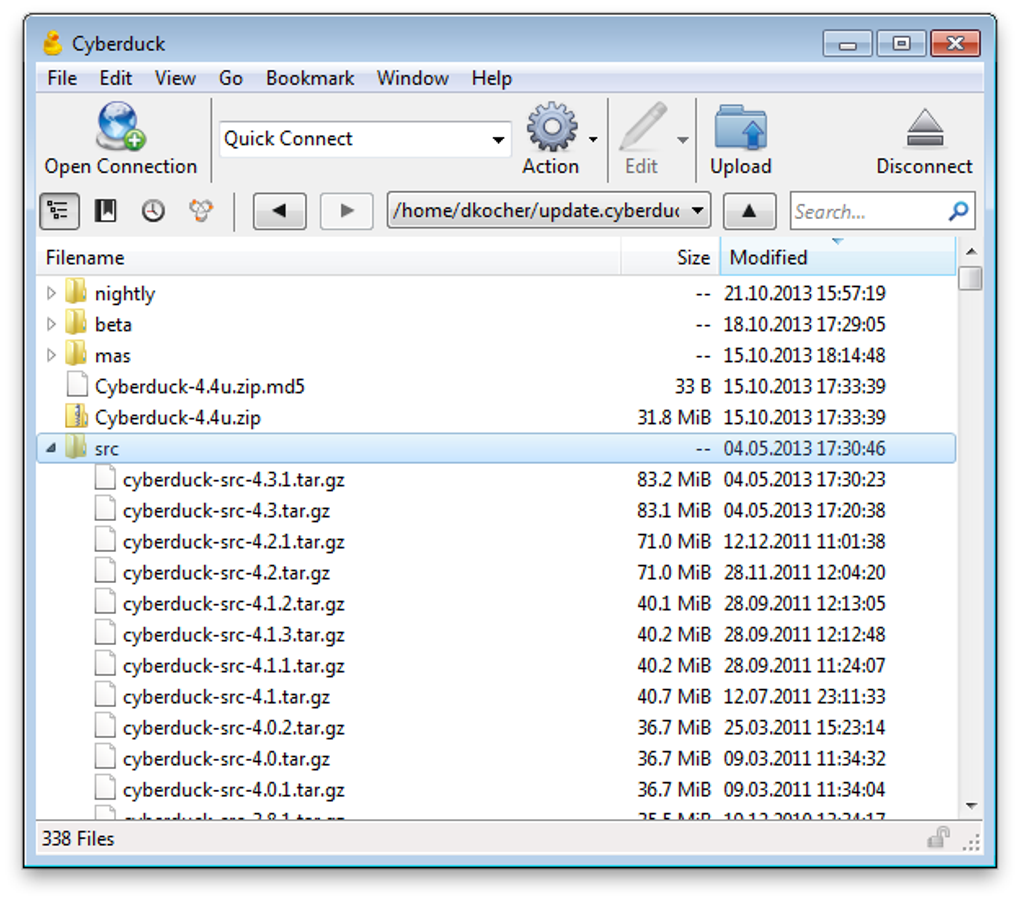

Define website endpoints, enable access logging, configure storage class, encryption and lifecycle (Glacier). Supporting the latest and greatest additions to the S3 storage options. Browse Amazon Simple Storage Service like your harddisk. This is really handy because it lets you browse all your S3 Buckets and files as if they were stored locally right alongside your local hard drive.Amazon S3 S3 for the rest of us. It means, you’ll need to re-establish your credentials periodically, but that’s the whole point.Ĭyberduck also has companion app called Mountainduck, which lets you mount your connections as a volume on your Mac. Once you’ve configured this correctly, you’ll be able to connect to all of your S3 buckets from your Mac using the STS service. aws/credentials, so that Cyberduck can use the AssumeRole API.

Once installed, you will need to set up your credentials in. To connect to S3 with temporary credentials you will need to install a custom profile for Cyberduck, which you can do by following this documentation. You can use Cyberduck to connect to a wide variety of protocols, including Amazon S3. It’s now “donation-ware” and open source. Good old Cyberduck!Ĭyberduck has been around for a really long time. So, the best practice is to use temporary credentials whenever possible.įortunately there is one client for macOS (that I know of) which works in this way. Long term credentials can easily get passed around, and eventually compromised.

Setting up long term credentials on AWS works, but it’s not advised as most people will forget to rotate their credentials on a reasonable schedule. But, I haven’t been able to find a good one that is also compatible with connecting via temporary credentials issued by the AWS Security Token Service (STS). Over the years, I’ve used plenty of them. There are many, many excellent client applications available for connecting to an Amazon Simple Storage Service (S3) Bucket from macOS.


 0 kommentar(er)
0 kommentar(er)
